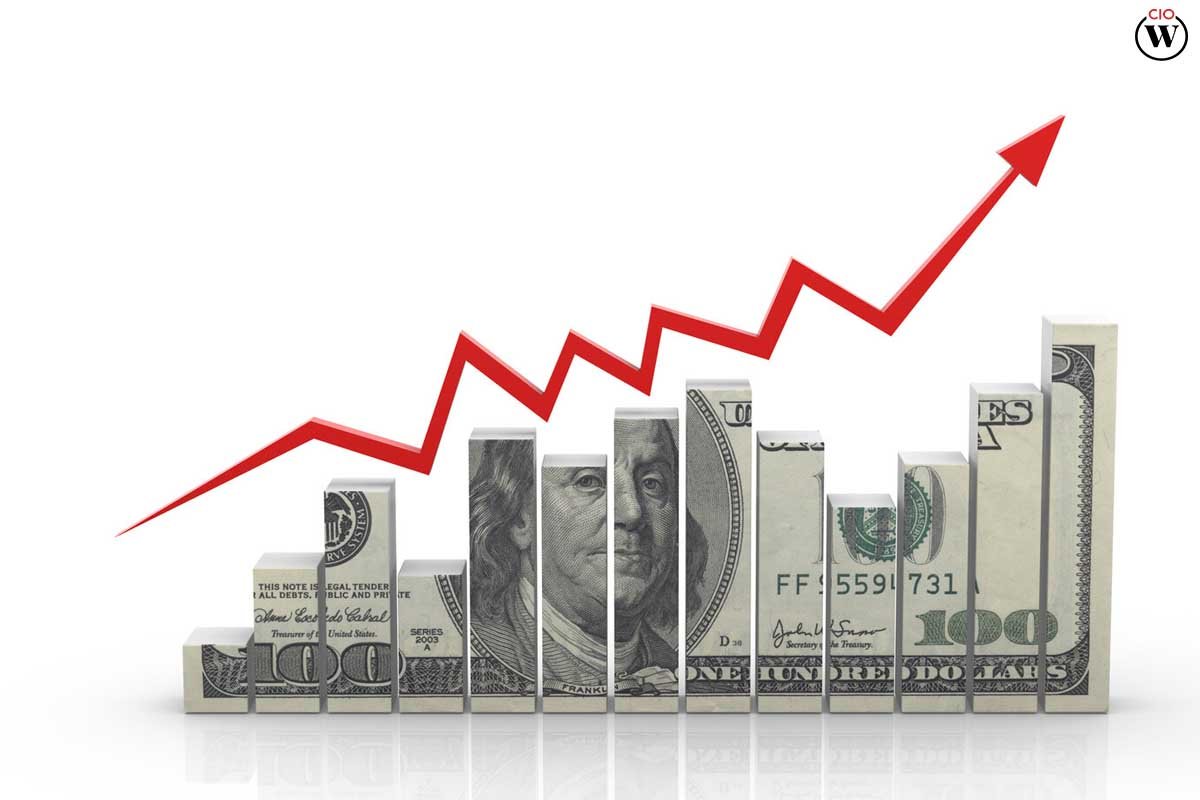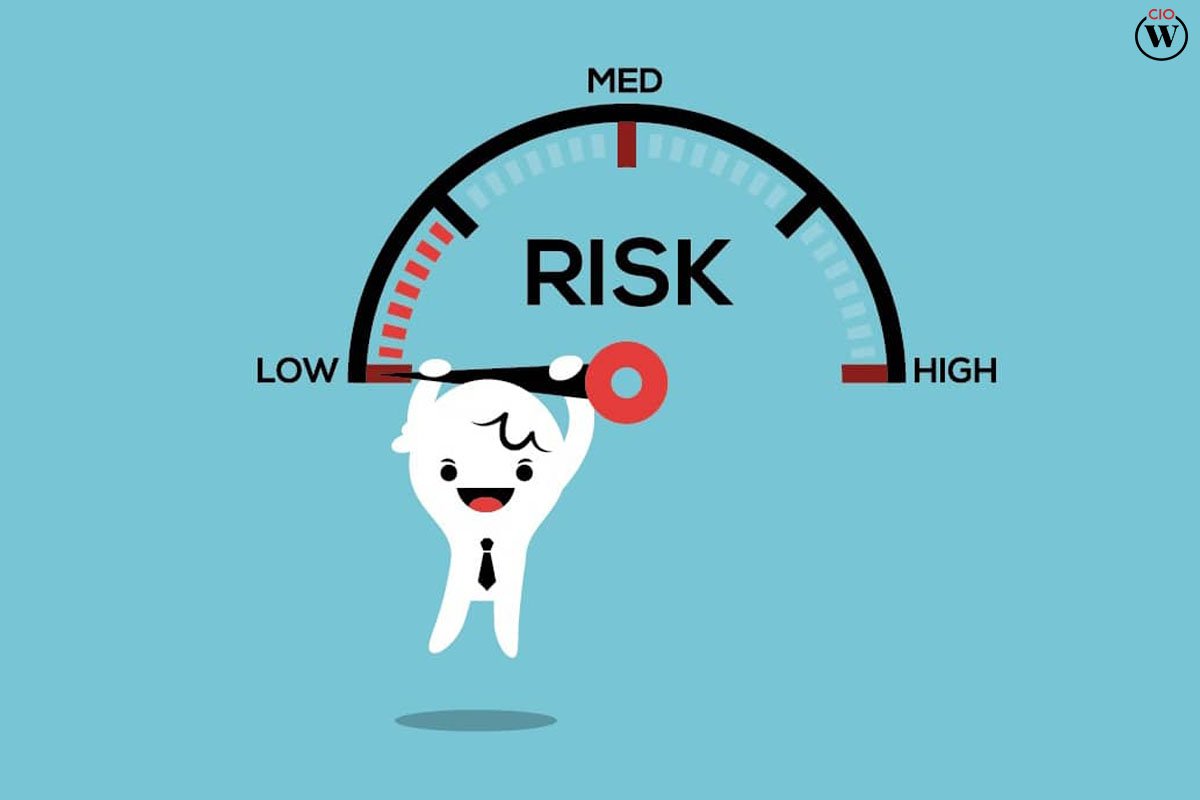Predictive Analysis Data, statistical algorithms, and machine learning methods are used in predictive analytics, which is the process of determining the probability of future events based on previous data using the available data. The objective here is to provide the most accurate forecast possible of what will occur in the future, going beyond just being aware of what has already taken place.
Even though predictive analytics has been available for decades, the moment has now arrived for it to become a mainstream technology. The use of predictive analytics is becoming more prevalent among businesses in order to improve their bottom line and get an edge over their competitors.
The forecasts might be for the immediate future, such as forecasting that a piece of equipment would break down later on that day, or they could be for the more distant future, such as estimating your company’s cash flows for the following year. The Predictive Analysis process may either be carried out manually or with the assistance of machine learning techniques. In any case, the analysis of past data is the starting point for forecasting the future. Regression analysis is one kind of predictive analytics tool, and it may be used to establish the link between two variables (using single linear regression), three or more variables (using multiple linear regression), or even more than five variables (multiple regression). The links between the variables are expressed as a mathematical equation, which enables one to more accurately anticipate the result in the event that one of the variables is altered.
Case Studies in the Application of Predictive Analysis
1. Forecasting Future Cash Flows in the Financial Sector
Every company, regardless of size or industry, must maintain periodic financial records, and predictive analytics may play a significant part in determining how your corporation will do in the years to come. You may create a picture of the future and make choices based on that image by projecting sales, income, and costs using historical data from prior financial statements in addition to data from the larger industry as a whole. In the course Financial Accounting, which is also a component of CORe, HBS Professor V.G. Narayanan discusses the significance of making accurate projections and Predictive Analysis.

According to Narayanan, “Managers need to be looking forward in order to prepare for the future health of their firm,” and this is something that managers need to be doing. “No matter what industry you work in, there is always going to be a significant degree of risk associated with this procedure,” you may quote him as saying.
2. Identifying the Staffing Requirements for Entertainment and Hospitality
The casino and hotel operator Caesars Entertainment is one example that is examined in Business Analytics. Caesars Entertainment makes use of predictive analytics in order to estimate the venue staffing requirements at various times. When it comes to entertainment and hospitality, the inflow and outflux of customers are determined by a number of different elements in Predictive Analysis, all of which play a role in determining how many employees a venue or hotel requires at any one moment. Both overstaffing and understaffing may be financially detrimental. Overworked personnel, unhappy customers, and expensive errors are all potential outcomes of inadequate staffing levels.
A multiple regression model that takes into account a number of different parameters was built by a group of people in order to make a prediction about the number of people that check into hotels on any given day. Caesars was able to staff its hotels and casinos without overstaffing them because of this technique, which allowed the company to maximize its efficiency.
3. Why it is significant for Predictive Analysis?
Expanding quantities and varieties of data, as well as a growing desire in making use of that data to provide actionable insights.
Improved computing power at a lower cost.
Software that is simpler to operate.
a more difficult economic climate and the need to differentiate oneself from the competition.
Mathematicians and statisticians are no longer the only people who can do predictive analytics; because of the proliferation of software that is both interactive and simple to operate, Predictive Analysis is now accessible to almost anybody. Additionally, business analysts and specialists in several lines of industry are making use of these technologies.
4. Why is it vital to use predictive analytics?
Companies are increasingly looking to Predictive Analysis to help them solve challenging challenges and identify untapped possibilities. A few examples of common usage are:
Finding evidence of fraud.
Using numerous different Predictive Analysis approaches together may result in improved pattern recognition and the prevention of illegal conduct.

High-performance behavioral analytics monitors all activities taking place on a network in real-time in order to identify any abnormalities that may be signs of fraud, zero-day vulnerabilities, or advanced persistent threats. This field of study has become increasingly important as cybersecurity has become an increasing concern.
Optimizing marketing initiatives.
Customers’ comments and purchases may be analyzed using predictive analytics, which can also be used to identify and pursue cross-selling possibilities. Businesses may increase their most lucrative clients, keep the ones they have, and attract new ones with the aid of predictive models.
Enhancing daily operations.
A large number of businesses rely on predictive models for inventory forecasting and resource management. The pricing of airline tickets is determined by using predictive analytics. In order to optimize occupancy and enhance income, hotels make an effort to forecast the number of visitors that will check into their establishment on any given night. Predictive Analysis that are predictive makes it possible for businesses to work more effectively.
Reducing risk.
Credit ratings are a well-known example of Predictive Analysis, and they are used to determine the chance that a buyer would default on transactions made by that customer.

A person’s credit score is a number that is derived from a prediction model that takes into account all data that is pertinent to determining a person’s creditworthiness. Other applications connected to risk include insurance claims and collection efforts.









